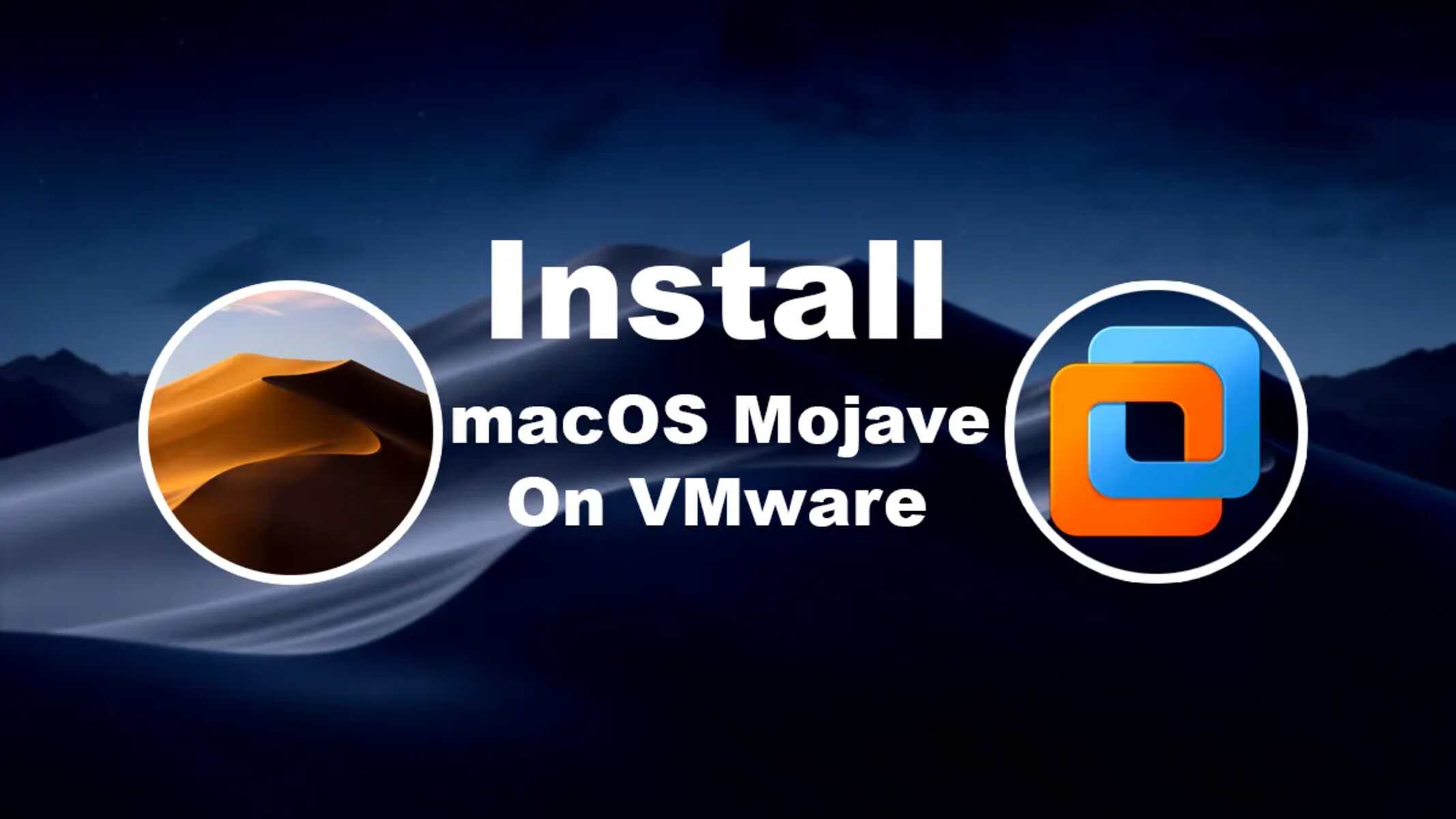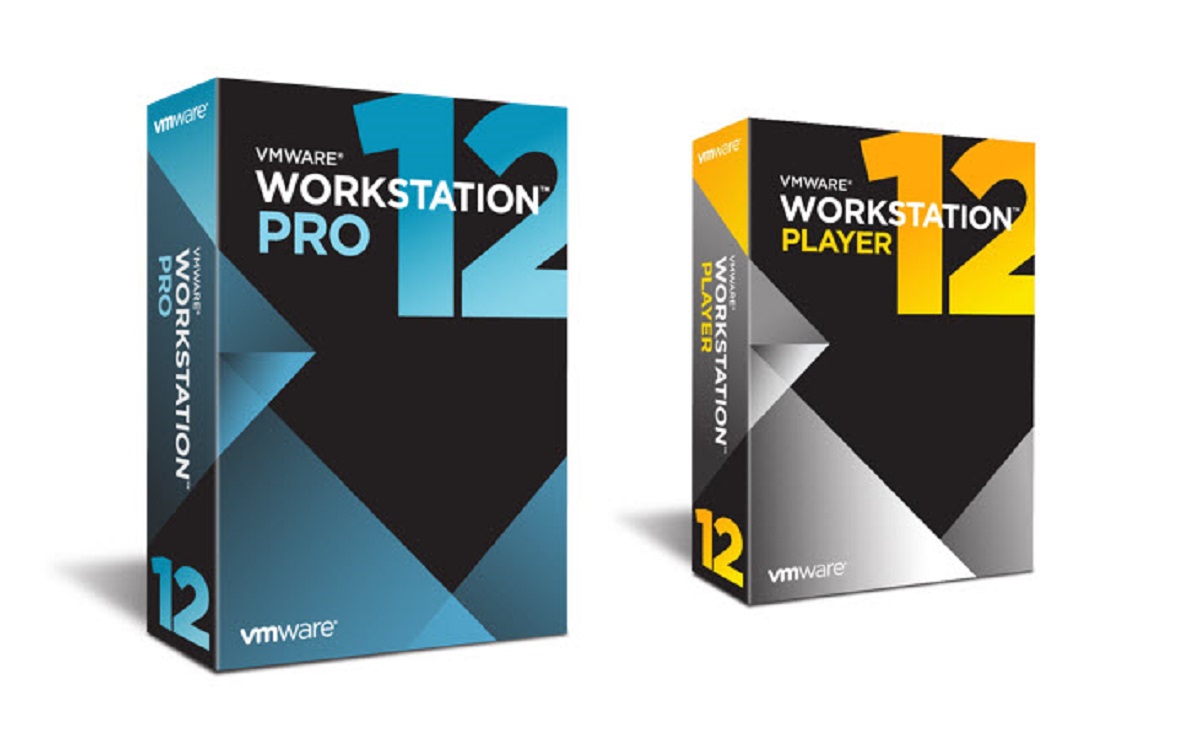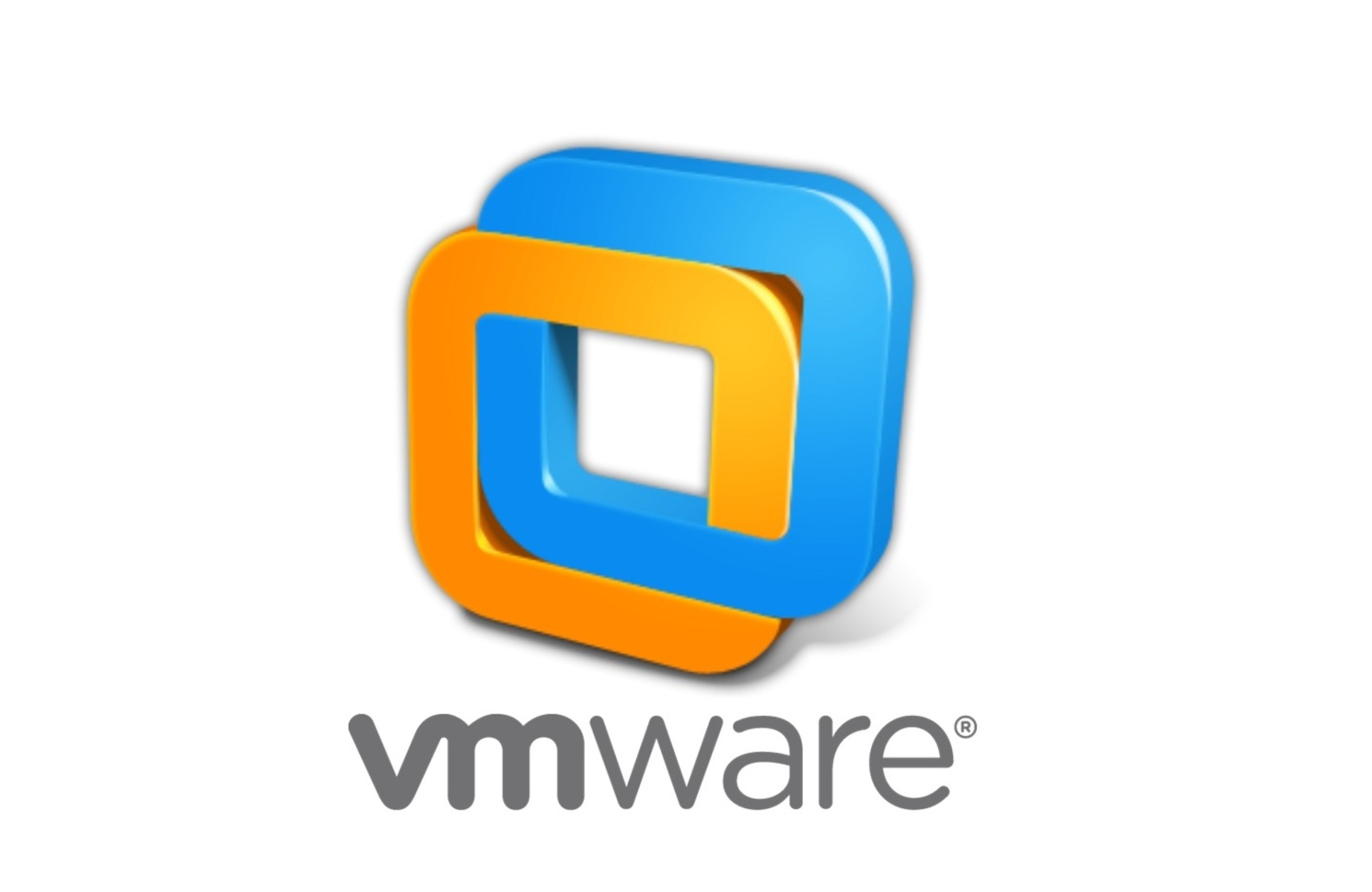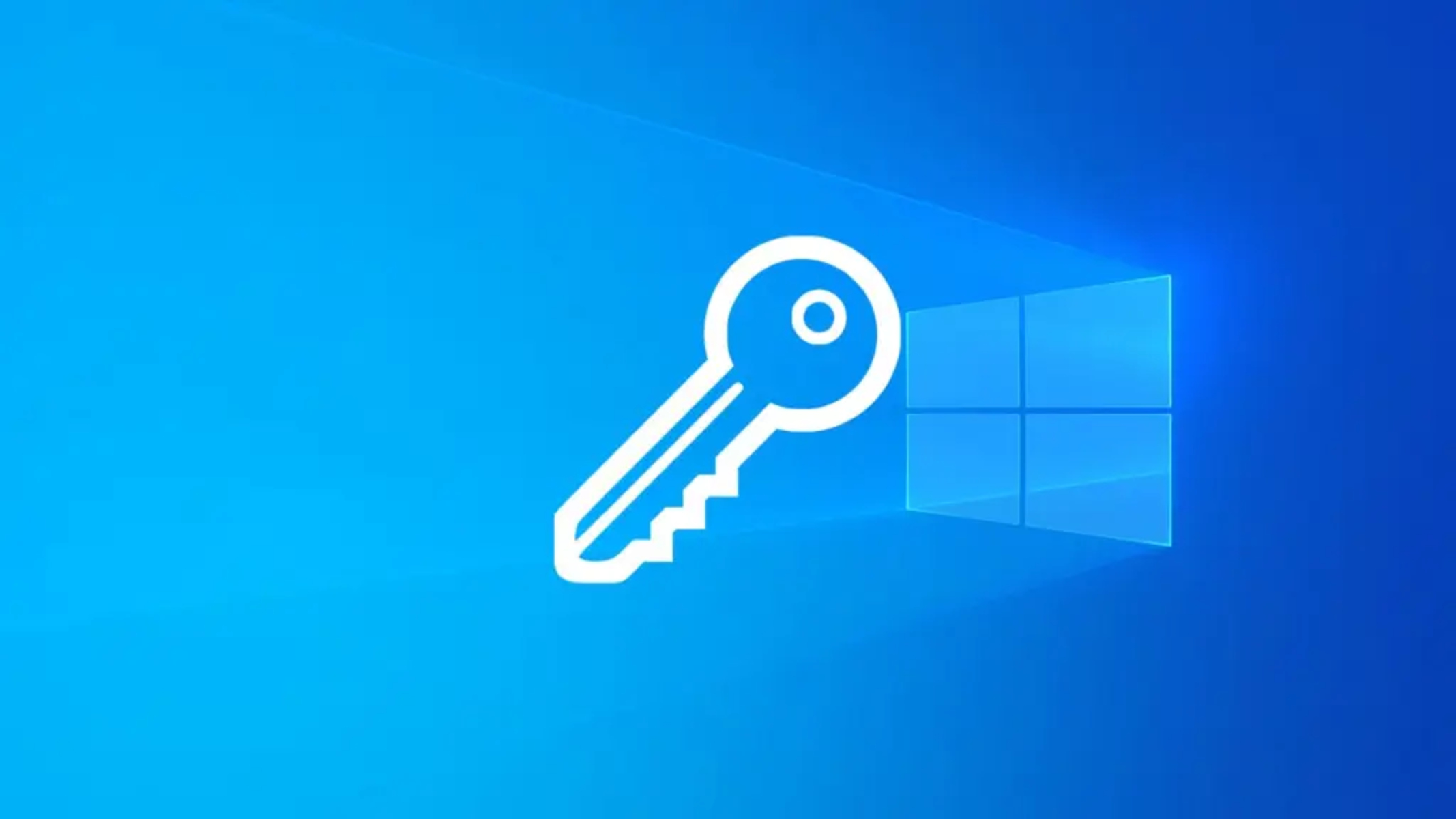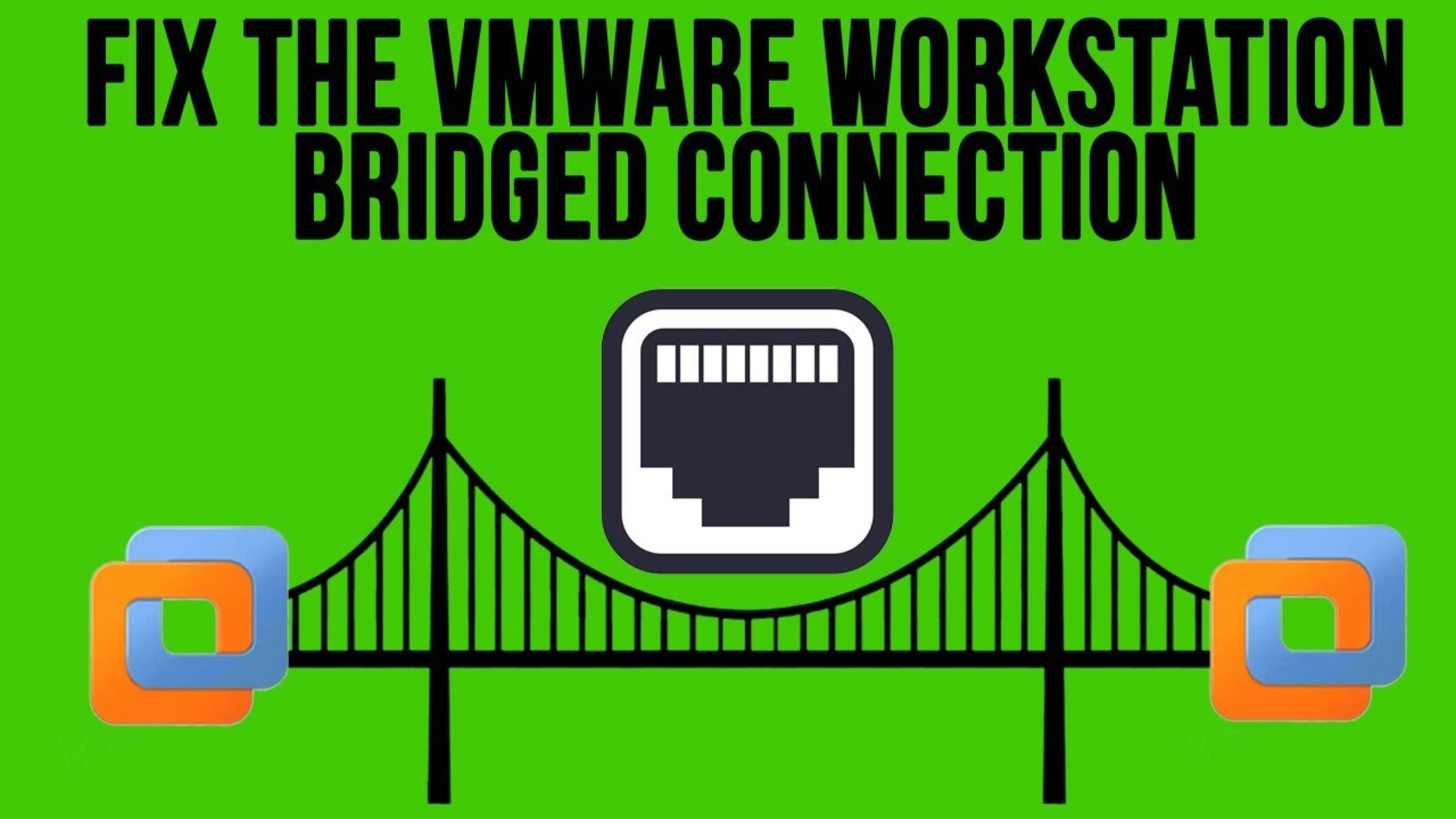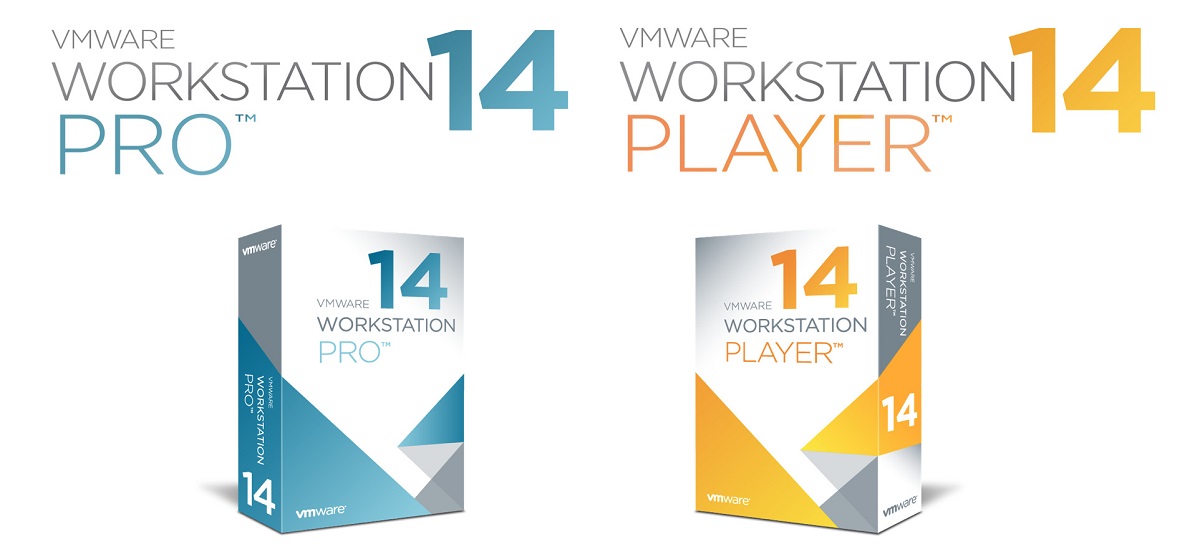Introduction
When it comes to working with virtual machines, VMware Workstation 12 Pro is one of the most popular software applications on the market. It provides a powerful platform for creating, managing, and running multiple virtual machines on your computer. However, before you start using VMware Workstation 12 Pro, it’s important to understand the different firmware types and how they impact your virtual machines’ performance and compatibility.
Firmware plays a crucial role in the operation of a computer system. It is a type of software that is permanently stored in hardware devices, such as the motherboard, and provides low-level control over the device’s functions. Two common firmware types are BIOS (Basic Input/Output System) and UEFI (Unified Extensible Firmware Interface).
In this article, we’ll delve into the intricacies of these firmware types and discuss their implications when using VMware Workstation 12 Pro. We’ll explore the differences between BIOS and UEFI, highlighting their features, benefits, and compatibility considerations. By the end of this article, you’ll have a clearer understanding of which firmware type is most suitable for your virtual machines.
What is Firmware?
Firmware serves as the foundational software that enables hardware devices, such as the motherboard and other components, to function properly within a computer system. It resides on the hardware itself and is responsible for initializing the hardware during startup, providing essential low-level control, and facilitating communication between various system components.
Generally, firmware is specific to a particular hardware device or family of devices, and it is integral to the overall system’s stability and functionality. Without firmware, hardware components would be unable to perform their designated tasks and interface with the operating system and other software.
One of the most well-known firmware types is the BIOS (Basic Input/Output System), which has been widely used in older computer systems. BIOS firmware is responsible for powering up the system, performing the Power-On Self-Test (POST), and loading the operating system. It also contains a set of basic input/output functions that allow the computer to communicate with peripheral devices, such as keyboards, mice, and storage drives.
In recent years, BIOS has been largely replaced by UEFI (Unified Extensible Firmware Interface) firmware, which offers enhanced features and flexibility. UEFI provides a more advanced interface between the operating system and the hardware, enabling faster boot times, improved security, and support for larger storage devices. It also includes a graphical user interface (GUI) for easy configuration and offers compatibility with newer technologies, such as Secure Boot and TPM (Trusted Platform Module).
Overall, firmware is an essential component of any computer system, whether it’s a physical machine or a virtual environment. It ensures proper hardware initialization, device communication, and system functionality. Understanding the different firmware types, such as BIOS and UEFI, is crucial when working with virtualization software like VMware Workstation 12 Pro, as it directly affects the performance and compatibility of your virtual machines.
VMware Workstation 12 Pro
VMware Workstation 12 Pro is a powerful virtualization software that allows users to create and manage multiple virtual machines on a single computer. It provides a robust platform for running different operating systems simultaneously, without the need for separate physical hardware.
With VMware Workstation 12 Pro, users can easily set up virtual machines to test software applications, perform system configurations, or emulate a network environment. It offers a wide range of features and functionalities that make virtualization efficient, flexible, and accessible to both professionals and enthusiasts.
One of the key features of VMware Workstation 12 Pro is the ability to run multiple operating systems on a single host machine. This is particularly useful for developers, system administrators, and IT professionals who need to test software compatibility across different platforms. By creating virtual machines, they can isolate and replicate specific operating systems, allowing for efficient testing and troubleshooting.
VMware Workstation 12 Pro also provides powerful networking capabilities. It enables users to create virtual networks, configure network adapters, and simulate complex network setups. This is beneficial for evaluating network configurations, testing network-dependent applications, and conducting network-related experiments without impacting the physical network infrastructure.
Moreover, VMware Workstation 12 Pro offers seamless integration with the host operating system. This means that users can easily drag and drop files between the host and virtual machines, share folders and drives, and even copy and paste text, images, and files across different virtual machines and the host system. This level of integration enhances productivity and streamlines workflows.
In addition to these features, VMware Workstation 12 Pro provides advanced snapshot and cloning functionalities. Snapshots allow users to capture the current state of a virtual machine, including the system settings, installed applications, and data. This allows for easy rollback to a previous state if needed. Cloning, on the other hand, enables users to create exact copies of virtual machines, which is useful for deploying multiple instances of the same setup.
Overall, VMware Workstation 12 Pro offers a comprehensive set of features that empower users to work with virtual machines efficiently and effectively. Its flexibility, performance, and user-friendly interface make it a top choice for professional development and testing, as well as for enthusiasts exploring different operating systems and software configurations.
Understanding Different Firmware Types
When it comes to firmware, there are two primary types that you need to be familiar with: BIOS (Basic Input/Output System) and UEFI (Unified Extensible Firmware Interface). Understanding the differences between these firmware types is crucial because it directly affects the compatibility and performance of your virtual machines in VMware Workstation 12 Pro.
First, let’s explore BIOS firmware. BIOS has been the standard firmware type for many years and is present in older computer systems. It provides the basic functionality needed to start up the computer, initialize hardware components, and load the operating system. BIOS communicates with the computer’s hardware using the Interrupt Request (IRQ) system, which can cause limitations in terms of device support and boot times.
On the other hand, UEFI firmware is a newer and more advanced firmware type. It offers several advantages over BIOS, including faster boot times, improved security features, and support for larger storage devices. UEFI utilizes a modular architecture, allowing for easier updates and customization. It also provides a graphical user interface (GUI) that simplifies configuration and settings management.
One significant advantage of UEFI firmware is its support for Secure Boot, a security feature that checks and verifies the integrity of the firmware, bootloader, and operating system during system startup. This helps prevent the execution of malicious code and enhances system security. In contrast, BIOS does not have built-in support for Secure Boot.
Furthermore, UEFI firmware allows for compatibility with newer technologies and standards, such as TPM (Trusted Platform Module). TPM is a hardware-based security feature that provides encryption capabilities, protecting sensitive data and enhancing security measures. As TPM requires UEFI support, utilizing UEFI firmware is necessary to take advantage of this feature.
Compatibility is another crucial aspect when considering firmware types. While most modern operating systems support both BIOS and UEFI, it’s essential to ensure that your virtual machines are compatible with the firmware type you choose. Some older operating systems may only work with BIOS, while newer ones are designed to work seamlessly with UEFI firmware.
Ultimately, the choice between using BIOS or UEFI firmware depends on factors such as compatibility requirements, security needs, and the specific operating systems you plan to use in your virtual machines. It’s important to do thorough research and consider the specific needs of your virtual machine environment before selecting the appropriate firmware type within VMware Workstation 12 Pro. This decision will have a significant impact on the performance, security, and compatibility of your virtual machines.
BIOS Firmware
BIOS (Basic Input/Output System) firmware has been a staple in computer systems for many years. It provides the fundamental functionality required for hardware initialization, system startup, and operating system loading. When it comes to VMware Workstation 12 Pro, understanding BIOS firmware is essential for achieving optimal performance and compatibility with your virtual machines.
BIOS firmware operates in the pre-boot environment and is responsible for executing the Power-On Self-Test (POST) to verify the functionality of hardware components. It also provides a basic set of input/output functions that allow communication with peripheral devices such as keyboards, mice, and storage drives. However, BIOS has limitations compared to the newer UEFI firmware.
One of the main limitations of BIOS is its reliance on the Interrupt Request (IRQ) system to manage hardware communication. This system assigns IRQ numbers to devices, which can sometimes lead to conflicts or inefficiencies. Additionally, BIOS firmware has a maximum addressable storage capacity of 2.2 terabytes (TB), meaning it may not fully utilize larger storage devices.
Furthermore, BIOS has slower boot times compared to UEFI firmware. During the boot process, BIOS performs a series of checks and initializations for hardware devices, which can take longer compared to UEFI’s faster initialization process. For individuals working in time-sensitive environments or requiring frequent reboots, this slower startup time can be a disadvantage.
Another consideration when using BIOS firmware is its compatibility with certain operating systems. While most modern operating systems support BIOS, certain newer technologies and features, like Secure Boot and TPM (Trusted Platform Module), require UEFI firmware. Therefore, if you plan to use these advanced security features or work with newer operating systems, selecting UEFI firmware may be necessary.
That being said, BIOS firmware still offers advantages in certain scenarios. It is widely compatible with various operating systems, including older ones, making it a suitable choice if you rely on legacy applications or need to work with older system configurations. BIOS also tends to be more straightforward and easier to navigate, making it a user-friendly option for those less experienced with firmware configuration.
In summary, BIOS firmware is a traditional firmware type that has been prevalent for many years. While it has certain limitations compared to UEFI firmware, such as slower boot times and limited storage capacity, it remains a viable option for virtual machines in VMware Workstation 12 Pro. The compatibility with older operating systems and user-friendly interface make it a reliable choice, especially for those who require compatibility with legacy systems. However, it’s important to consider the specific needs of your virtual machine environment and weigh the advantages and limitations before making a decision.
UEFI Firmware
UEFI (Unified Extensible Firmware Interface) firmware is a newer and more advanced firmware type that has gradually replaced the traditional BIOS in modern computer systems. Understanding UEFI firmware is crucial when using VMware Workstation 12 Pro as it offers several advantages in terms of performance, security, and compatibility with your virtual machines.
One of the main benefits of UEFI firmware is its faster boot times compared to BIOS. UEFI initializes the hardware components more efficiently, resulting in quicker system startup. This can be especially beneficial for scenarios where frequent reboots are required or when time-sensitive operations are involved.
Security is another area where UEFI firmware shines. It introduces a feature called Secure Boot, which ensures that only signed and trusted firmware, bootloader, and operating system components are allowed to run during system startup. This helps protect against malware and other malicious software that can compromise the system’s integrity. Secure Boot is not available in BIOS, making UEFI firmware the preferred choice for enhanced system security.
UEFI firmware also offers support for larger storage devices. While BIOS is limited to a maximum addressable storage capacity of 2.2 terabytes (TB), UEFI can handle larger storage sizes. This is particularly useful in virtualized environments where virtual disks can be expanded significantly, enabling better utilization of high-capacity storage devices.
Moreover, UEFI provides a modular architecture and a graphical user interface (GUI) that simplifies firmware configuration and settings management. This user-friendly interface allows for easier customization and updates, making it more accessible even for users without extensive firmware expertise.
UEFI firmware also supports newer technologies and standards, such as TPM (Trusted Platform Module). TPM is a hardware-based security feature that provides encryption capabilities, protecting sensitive data and enhancing overall system security. The use of TPM requires UEFI firmware support, making UEFI the necessary choice for utilizing this advanced security feature.
However, it is worth considering compatibility when selecting UEFI firmware. While most modern operating systems fully support UEFI, some older operating systems may have limited compatibility or require specific configurations. It is crucial to verify the compatibility requirements of your virtual machines before choosing UEFI firmware in VMware Workstation 12 Pro.
In summary, UEFI firmware provides significant advantages over traditional BIOS when working with virtual machines in VMware Workstation 12 Pro. Its faster boot times, enhanced security with Secure Boot, support for larger storage devices, and user-friendly interface make it a favorable choice. However, compatibility considerations with certain older operating systems should be taken into account before making the decision to use UEFI firmware.
Compatibility Considerations
When working with virtual machines in VMware Workstation 12 Pro, it is crucial to consider the compatibility between the firmware type selected (BIOS or UEFI) and the operating systems you plan to use in your virtual environment. Understanding the compatibility considerations will ensure proper functioning and optimal performance of your virtual machines.
Most modern operating systems support both BIOS and UEFI firmware, ensuring flexibility in choosing the appropriate firmware type for your virtual machines. However, there are some key points to keep in mind when it comes to compatibility.
If you plan to use older operating systems, particularly those designed before UEFI became the standard, BIOS firmware may be the more compatible option. Legacy operating systems may not have the necessary drivers or support for UEFI firmware, making it challenging to install and run them in a UEFI environment. In such cases, selecting BIOS firmware ensures compatibility and smooth operation.
On the other hand, UEFI firmware offers compatibility with a broader range of operating systems, including the latest versions. Most modern operating systems are specifically designed to take advantage of the advanced features and security offered by UEFI. If you are working with newer operating systems or require features like Secure Boot or TPM, UEFI firmware is the recommended choice.
It is important to note that the compatibility of the operating system with the chosen firmware type is not the only consideration. Other factors, such as the virtual hardware configuration and virtual machine settings, also play a role in ensuring compatibility. For example, specific system settings or adjustments may be needed in the virtual machine’s BIOS or UEFI interface to accommodate certain operating systems.
Before making a decision on the firmware type to use in VMware Workstation 12 Pro, it is advisable to research the compatibility requirements of your operating systems and virtual machine configurations. Consult the documentation provided by the operating system vendors or VMware for any specific instructions or recommendations regarding firmware compatibility. This will help you make an informed decision and avoid potential compatibility issues that could impact the stability and functionality of your virtual machines.
By carefully considering compatibility considerations, you can ensure that your virtual machines in VMware Workstation 12 Pro are configured with the appropriate firmware type to support your desired operating systems. This will result in a seamless and efficient virtualization experience, enabling you to work with confidence and achieve optimal performance in your virtual environment.
Selecting the Right Firmware for VMware Workstation 12 Pro
The selection of the right firmware type for your virtual machines in VMware Workstation 12 Pro is a critical decision that can impact compatibility, performance, and security. By considering several key factors, you can make an informed choice that aligns with your specific requirements and ensures an optimal virtualization experience.
First and foremost, take into account the operating systems you plan to use in your virtual machines. If you primarily work with older operating systems that lack support for UEFI, BIOS firmware may be the most compatible option. On the other hand, if you intend to utilize newer operating systems that are designed to work with UEFI firmware or require advanced security features like Secure Boot, opting for UEFI firmware is recommended.
Consider the specific features and advantages offered by each firmware type. BIOS firmware may be more straightforward and user-friendly, making it a suitable choice for individuals who are less experienced with firmware configuration. UEFI firmware, on the other hand, provides faster boot times, enhanced security, support for larger storage devices, and a more user-friendly interface through its graphical user interface (GUI).
Take into account the virtual hardware configuration and virtual machine settings. Some operating systems may have specific requirements or recommendations for firmware compatibility. Ensure that the firmware type you choose aligns with the operating system’s requirements and that any necessary adjustments are made in the virtual machine’s BIOS or UEFI interface to accommodate the specific operating system’s needs.
Consider the overall compatibility of your virtual environment. While most modern operating systems support both BIOS and UEFI firmware, it is important to verify the compatibility requirements of any older or specific operating systems you plan to use. This will help avoid any potential compatibility issues and ensure that your virtual machines run smoothly and efficiently.
Lastly, think about any security requirements or considerations. UEFI firmware offers advanced security features such as Secure Boot and TPM support, providing increased protection against malicious software and unauthorized access to your virtual machines. If security is a top priority, choosing UEFI firmware is recommended.
By carefully considering these factors, you can select the right firmware type for your virtual machines in VMware Workstation 12 Pro. This will ensure optimal compatibility, performance, and security, enabling you to create and manage virtual machines with confidence and efficiency.
Conclusion
Selecting the appropriate firmware type for your virtual machines in VMware Workstation 12 Pro is essential for achieving optimal performance, compatibility, and security. Understanding the differences between BIOS and UEFI firmware allows you to make an informed decision based on your specific needs and the operating systems you plan to use.
BIOS firmware, with its wide compatibility, user-friendly interface, and support for legacy operating systems, remains a viable choice for virtualization. However, it does have limitations in terms of slower boot times, device support, and storage capacity.
UEFI firmware, on the other hand, offers numerous advantages, including faster boot times, enhanced security features such as Secure Boot, support for larger storage devices, and a more user-friendly GUI. It also provides compatibility with newer technologies and standards, such as TPM.
Compatibility considerations, such as the specific operating systems and virtual machine configurations, play a significant role in selecting the appropriate firmware type. Ensuring that your chosen firmware type aligns with the compatibility requirements of your operating systems will help avoid potential issues and ensure smooth operation.
Ultimately, the right firmware type will depend on your specific requirements, including the operating systems you plan to use, desired performance levels, security needs, and compatibility considerations. By carefully evaluating these factors, you can confidently select the firmware type that best suits your virtualization needs in VMware Workstation 12 Pro.
Whether you opt for BIOS or UEFI firmware, VMware Workstation 12 Pro provides a robust virtualization platform where you can create, manage, and run multiple virtual machines with ease. Embrace the power of virtualization and enjoy the flexibility and efficiency it brings to your computing environment.









